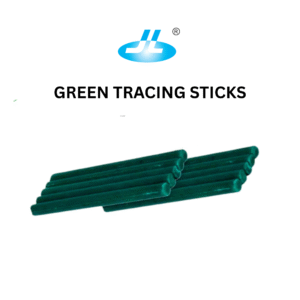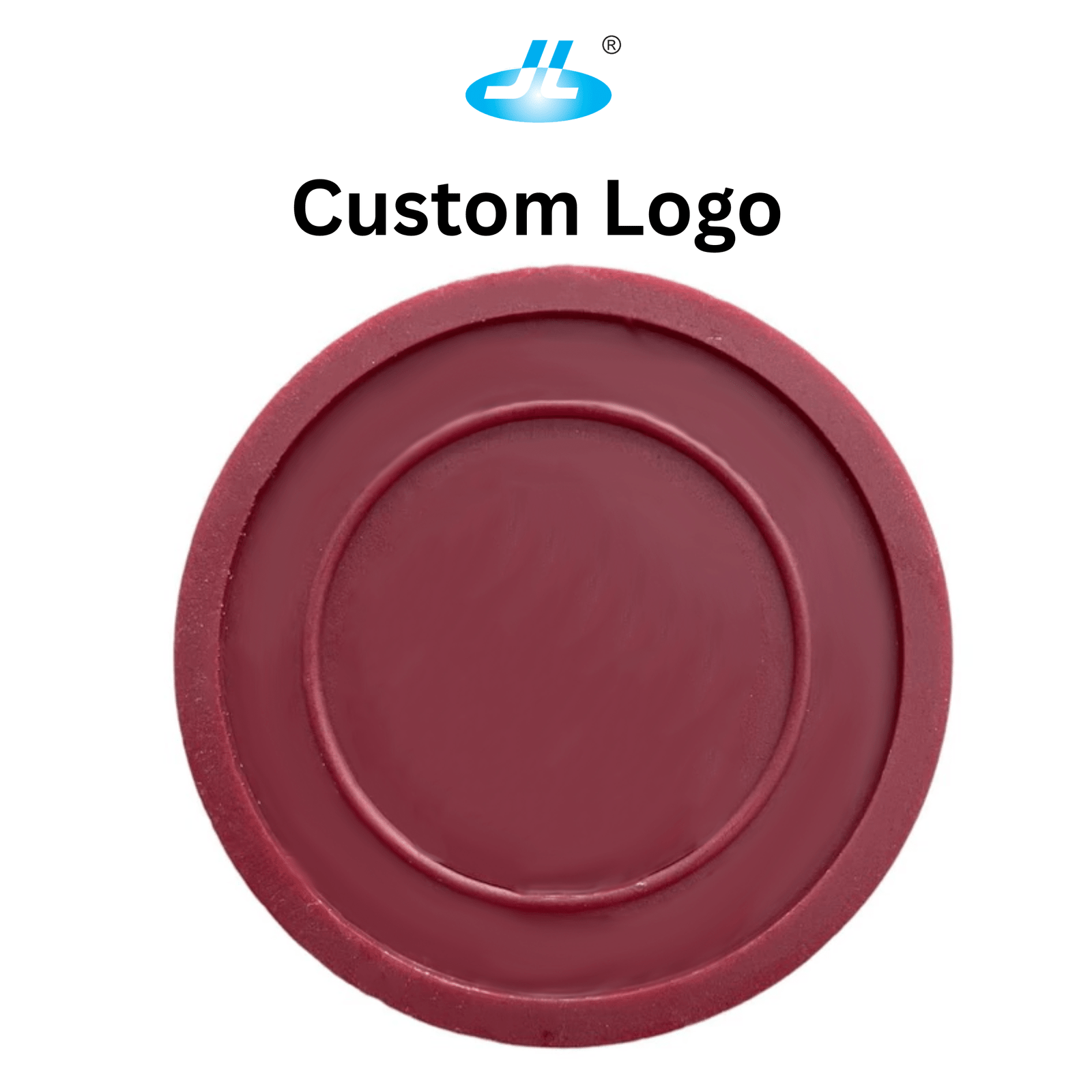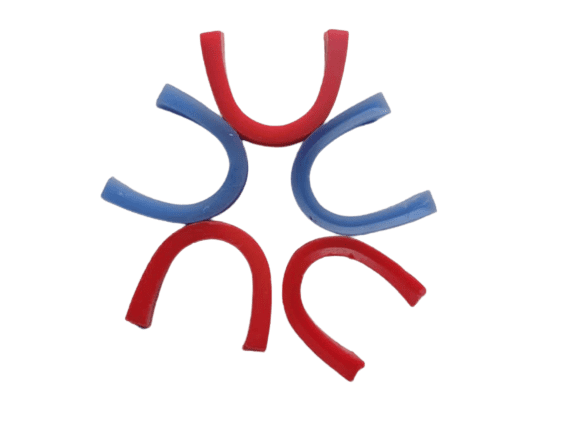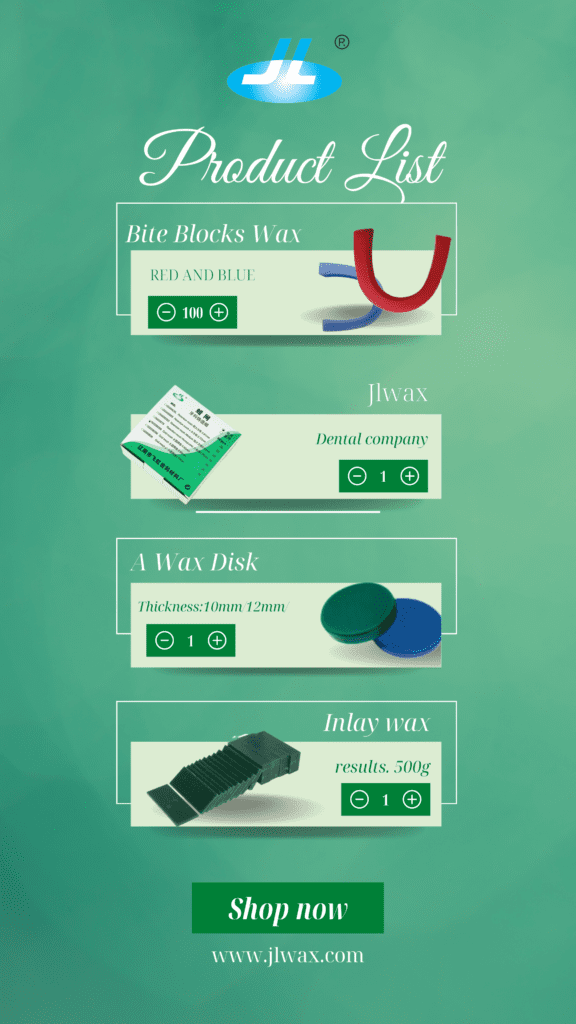Bite blocks Dental wax
Pleasant for the patient Bite blocks wax is a type of wax that is used to position a patient’s teeth and jaw during dental procedures or imaging. It is usually made of a pliable material that can be easily molded and shaped to fit the patient’s mouth. Bite blocks are typically used to keep the patient’s mouth open and still during procedures such as x-rays, cleanings, and fillings. They may also be used to protect the patient’s teeth and gums from the instruments being used during the procedure. In some cases, bite block wax may be flavored to make it more pleasant for the patient to use. Bite registration dental wax Bite registration wax is a type of dental wax that is used to create an impression of the patient’s teeth and jaw. It is typically used to make a “bite registration” – a detailed record of the patient’s bite and jaw position. This information is then used to create custom dental restorations, such as crowns, bridges, and dentures. To create a bite registration, the dentist will place a small amount of bite registration wax in the patient’s mouth and have the patient bite down on it. The wax will conform to the shape of the patient’s teeth and jaw, creating an accurate impression. The bite registration wax is then removed and used to create a model of the patient’s bite. This model can be used to fabricate custom dental restorations that fit the patient’s mouth perfectly. Bite registration wax is typically made of a soft, pliable material that can be easily molded and shaped to fit the patient’s mouth. It may also be flavored to make it more pleasant for the patient to use. Overall, bite registration wax is a useful tool in dentistry that helps to ensure the accuracy and fit of custom dental restorations. Step to use the bite block dental wax Bite block wax is used in dentistry to help position the teeth and jaw during various procedures. It is a soft, pliable wax that can be easily molded and shaped to fit the patient’s mouth. To use bite blocks wax, the dentist or dental assistant will: Bite block wax may be used to keep the patient’s mouth open and still during procedures such as x-rays, cleanings, and fillings. This helps to ensure that the procedure is performed accurately and safely. Bite block wax may also be used to protect the patient’s teeth and gums from the instruments being used during the procedure. For example, it may be used to create a barrier between the patient’s teeth and a dental drill or another sharp instrument. This can help to reduce the risk of injury to the patient during the procedure. In some cases, bite block wax may be flavored to make it more pleasant for the patient to use. This can help to reduce any anxiety or discomfort the patient may feel during the procedure. Overall, bite block wax is a simple and effective tool that helps to ensure the accuracy and safety of various dental procedures. Advantages of bite block wax There are several advantages to using bite blocks wax in dentistry: Accuracy: Bite block wax helps to keep the patient’s mouth open and still during procedures such as x-rays, cleanings, and fillings. This allows the dentist or dental assistant to perform the procedure accurately and safely. Comfort: Bite blocks wax is made of a soft, pliable material that is comfortable for the patient to use. In some cases, it may also be flavored to make it more pleasant for the patient. This can help to reduce any anxiety or discomfort the patient may feel during the procedure. Safety: Bite block wax can be used to protect the patient’s teeth and gums from the instruments being used during the procedure. This can help to reduce the risk of injury to the patient during the procedure. Convenience: Bite blocks wax is easy to use and requires minimal preparation. It can be molded and shaped to fit the patient’s mouth quickly and easily. Overall, bite block wax is a useful tool in dentistry that helps to ensure the accuracy, comfort, safety, and convenience of various procedures.
Bite blocks Dental wax Read More »






